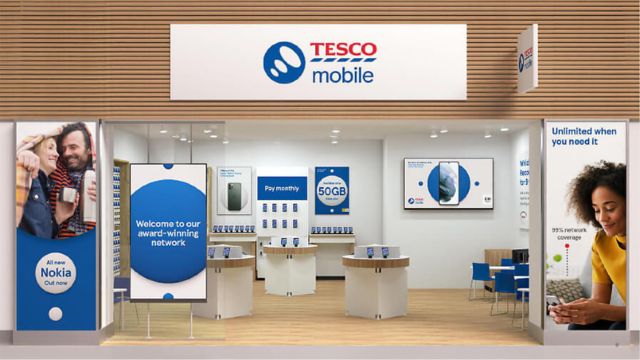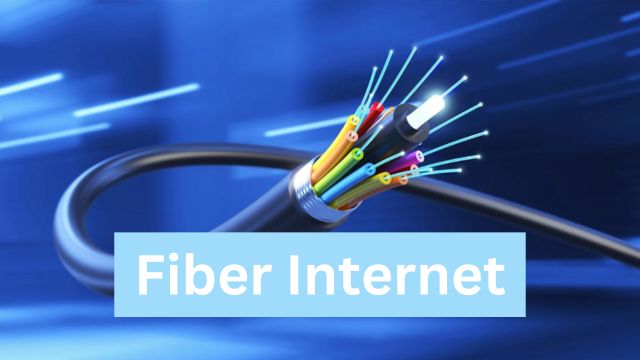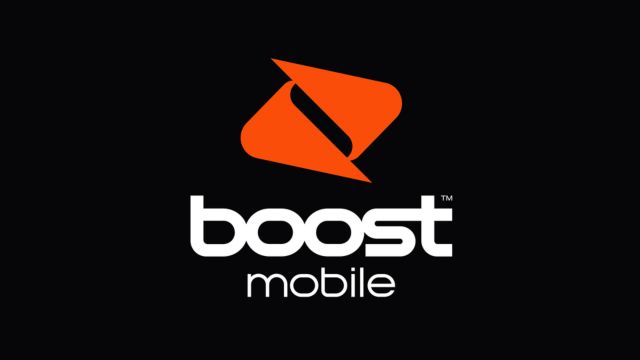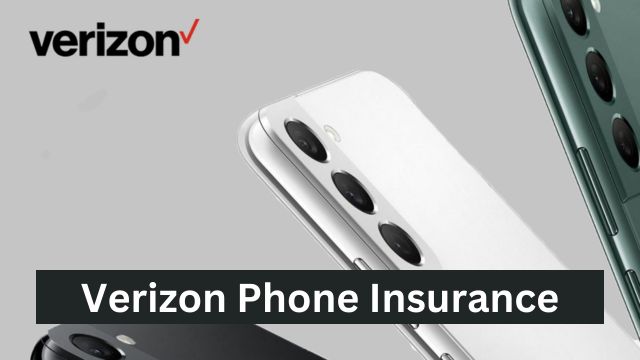The best internet connection for you mostly depends on where you live and how fast you need to download and upload:
- Fiber internet is the fastest on the market, but it is hard to get and often costs the most.
- Cable internet is fast and widely available, which makes it a great choice for most customers. In rural places, however, it may not be as easy to get.
- DSL internet works through phone lines so that it can be used by people in rural areas. However, it has slower top speeds than cable.
- Satellite internet also works in remote areas, but it isn’t always reliable and moves slowly.
We all want the same thing when it comes to our internet service: a fast, stable connection that won’t break the bank. We are lucky that we have a lot of choices, such as cable, fiber, DSL, and satellite internet. But which of these ways to connect to the internet gives you the most for your money?
In this guide, we’ll go over each type of internet connection and help you decide which one is best for your position, cash, and online habits.
How Fast is 5G? 5g Network vs 4G LTE
Types of Broadband Internet Connections
- Fiber Internet
- Cable Internet
- DSL Internet
- Satellite Internet
Fiber Internet

Fiber internet is different because it uses wires made of glass or plastic threads. Instead of using energy to send data, these thin fibers use pulses of light to send data. This means that your internet link comes to you at the speed of light.
Another benefit of this super-fast broadband internet is that both the download and upload speeds are the same. Most of the time, upload speeds are much slower than download speeds because most people transfer more information to their devices. But with fiber internet, upload and download speeds are almost always the same. This makes it a great choice for things that use your device a lot, like video calls or live games.
The biggest problem is that not many people have access to fiber internet yet because building the infrastructure from scratch is expensive. Still, Google Fiber, Verizon Fios, and AT&T are leading the way in bringing this technology to the U.S. If it’s available in your area, it’s definitely something to think about, especially since plan prices have been falling slowly as more ISPs build out their fiber networks. Compare AT&T and Google Fiber to find out how they stack up against each other.
| Pros | Cons |
| – Very fast – Very reliable – Equal download and upload speeds | – Not widely available at this time – Plans can be more expensive |
Cable Internet

One of the most popular ways to get online is through cable. It uses the same coaxial cables as a cable TV link and sends power through the copper wires to send information. That means that the wiring for internet access is already in place in houses that have cable TV. It’s also pretty fast, with speeds from 25 to 400Mbps and sometimes up to 1Gbps from many cable internet companies. Because cable networks are already set up, unlike new fiber networks, prices for cable internet tend to be all over the place to fit various budgets.
Keep in mind, though, that other people in your area also use cable internet, so your data is shared. When you finally get home from work and start watching your favorite shows, it’s possible that everyone else in your neighborhood is doing the same thing. If they also have cable internet, there could be a lot of traffic on the network, which would make your connection less important and slow it down.
Customers in rural areas may not be able to get cable internet at all because it is hard to connect miles of lines to reach remote areas or put underground wires in rough terrain.
| Pros | Cons |
| – Widely available for most customers – Lower costs than fiber – Faster speeds than DSL or satellite | – Subject to slowdowns during peak usage – Lower accessibility in rural and remote areas |
DSL Internet

DSL means “digital subscriber line.” Like cable internet, it sends data over electricity through the copper lines inside cords. But unlike cable, it does this through your home phone network instead of your TV network.
Because telephone networks are so strong, DSL is the most common and effective way to connect to the internet around the world. This makes it a great choice for people in rural areas who don’t have access to cable or fiber. It also has good speeds for most simple uses of the internet, such as reading and light streaming. Still, internet speeds top out at around 100Mbps, so if you have a lot of devices and use a lot of data, DSL might be too slow for you.
How far away you are from your ISP also affects how fast your DSL internet is. The farther away you are, the more delay there will be. And because your phone network is in the air, bad weather can stop your internet link.
One of the best things about DSL is that it works even when the network is busy. So you can count on getting the same speed even when there are a lot of people online. AT&T, Windstream, CenturyLink, and EarthLink are some of the most well-known DSL internet service companies.
| Pros | Cons |
| – Widely available, even in rural areas – Relatively inexpensive plans | – Slower speeds than cable – Quality is contingent upon your distance from ISP – Subject to outages during storms |
Satellite Internet

Satellite internet uses a dish at your house to send and receive messages from and to satellites in orbit around the Earth. The best thing about satellite internet is how flexible it is. Since it doesn’t need cords or wires to work, satellite internet can be used by people in rural places where cable, DSL, or fiber connections aren’t available.
The satellite is the fastest, especially when it comes to latency, which is the time between when your signal pings the satellite and when you get an answer. This makes sense since you’re sending data all the way to space and back, but it’s a problem for many activities that need faster speeds to work well. However, Starlink and Project Kuiper will soon improve download speeds and delays. It is also very sensitive to weather, sun flares, and other natural events. Even a stray branch of a tree can block your signal. Satellite internet is also pretty expensive, especially when you consider that for the same plan price, you can get better service with cable or DSL.
| Pros | Cons |
| – Accessible in rural areas | – Significantly slower speeds – More expensive – Highly sensitive to obstructions |
Other Types of Internet Connection
- Mobile Internet
- 5G Home Internet
Mobile Internet
Mobile broadband is a portable internet service that works the same way that cell phones companies like T-Mobile, Verizon, Cricket, and AT&T work. Usually, it is connected with a portable modem or a hotspot. This is different from a fixed-line modem, which is connected to a phone line or cable. Many people like this type of link because it uses little data and can be used on the go. The speeds are usually great, which makes it a great way to use the internet on the go.
| Pros | Cons |
| – Can be faster than fixed-line internet – No installation is required – Can move with you | – Smaller data allowances – Can be more expensive than a fixed-line connection – Won’t work well if you don’t have a good mobile signal at home |
5g Home Internet
5G home internet is similar to a mobile hotspot, but it’s a little different because it’s mobile broadband made for houses. Mobile companies place small cell towers near a direct fiber source or right next to it. These towers send data to your 5G home router and WiFi modem, which then sends data to your devices. If you have a lot of people connecting to the same Wi-Fi signal, the new WiFi 6 gadgets can make your home internet connection much better.
Even though it’s not widely available yet, AT&T, Verizon, and T-Mobile have all started putting up small cell towers in towns to bring the service to people’s houses.
| Pros | Cons |
| – Capable of gig speeds – No installation is required – Reasonably priced | – Not widely available yet – No landline bundles – Not a lot of feedback yet |
FAQs About Internet Connections Types
How Many Different Ways Are There to Connect to the Internet?
There are four different ways to connect to the internet: cable, fiber, DSL, and satellite. DSL, or digital subscriber line, uses telephone lines for data transfer. For high-speed internet access, the cable uses the same cable fiber lines that are used to send TV video. Fiber internet sends messages over fiber optic lines for the fastest possible internet data speeds. Satellites send internet signals straight to modems. This is a popular way to get online in rural places.
What’s the Fastest Way to Connect to the Internet?
Fiber internet is the fastest way to link to the internet.
Cell Plan Store always provides you with informative posts. Stay tuned with us!







